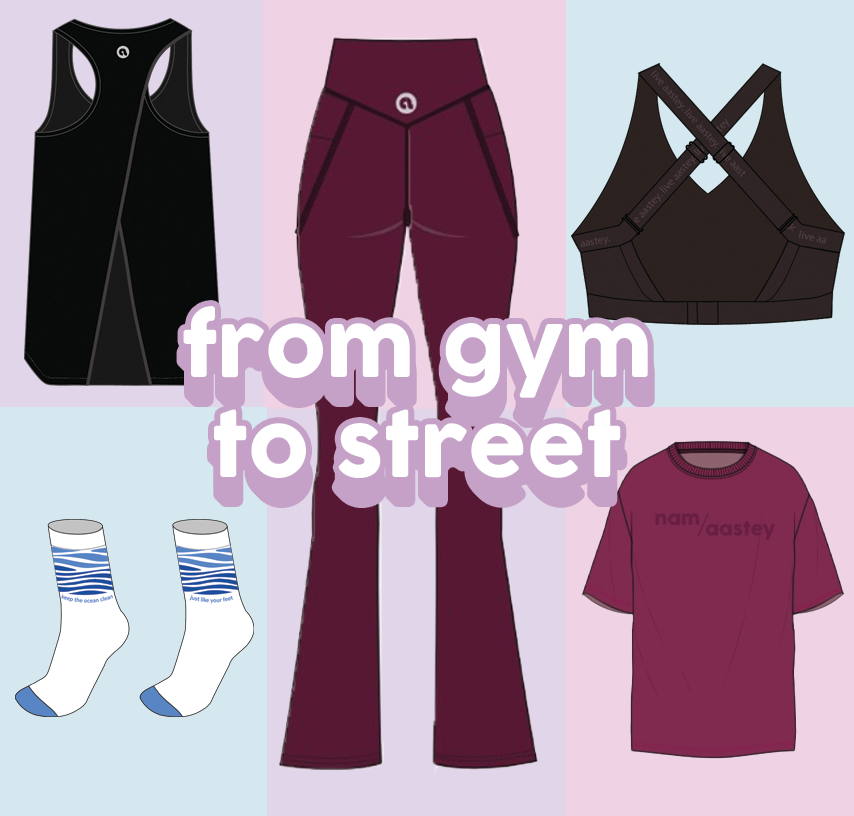fashion industry has been repeatedly taken to the shed for not having any understanding or knowledge of cultural symbols that they repeatedly use in their designs and ramp walks. while the industry calls it cultural appreciation, many believe and accuse the fashion industry of appropriating cultural symbolism for their own gain. so what is the line between cultural appreciation and cultural appropriation and how do we understand where one begins and the other ends?

what is cultural appropriation?
cultural appropriation is the practice of picking up symbols from minority cultures and heritages without appropriate knowledge or any respect for the community or culture. the fashion industry is always excitedly merging symbols of ancient civilisations and minority cultures with modern fashion trends to show a “fresh” approach. putting on native American head dresses, sporting colourful dreadlocks or Sikh-style turbans so that the brands can call themselves culturally inclusive while completely side-lining the communities that they are allegedly taking inspiration from.

in the end, the thin line between cultural appropriation and cultural appreciation is the intention of respecting and honouring the culture. it is extremely important to understand the context in which the symbols are being used. so, what can the fashion industry do to really avoid cultural appropriation?
understand the religious sentiment

when Gucci launched a $790 blue turban, the global fashion brand suffered through a serious backlash. the blue turban that very closely resembles the kind of turban that millions of Sikhs wear offended many because of how insensitive it was due to a lack of any consideration of the value of a turban in the Sikh religion and community.
research the culture
moving forward, if you really want to take inspiration from different minority cultures and traditions, then make sure you have done ample research on the community and properly understand their customs so as not to offend them. for instance, katy perry performing as a geisha is offensive to many because it is tone deaf and highly racist because of its stereotypical portrayal of Asian women. what was even more enraging to many was the absolute lack of Asian women on stage.

like we said, it is okay to be inspired by communities, but it is not okay to romanticize and exoticize them from a bird’s eye view. there are nuances and traumas attached to every minority and indigenous community and if we are not respectful and mindful of them, then we are doing a disservice to not only the community but to art itself.
this was all we had on cultural appropriation. let us know if you feel the same.
until next time, live aastey.

































